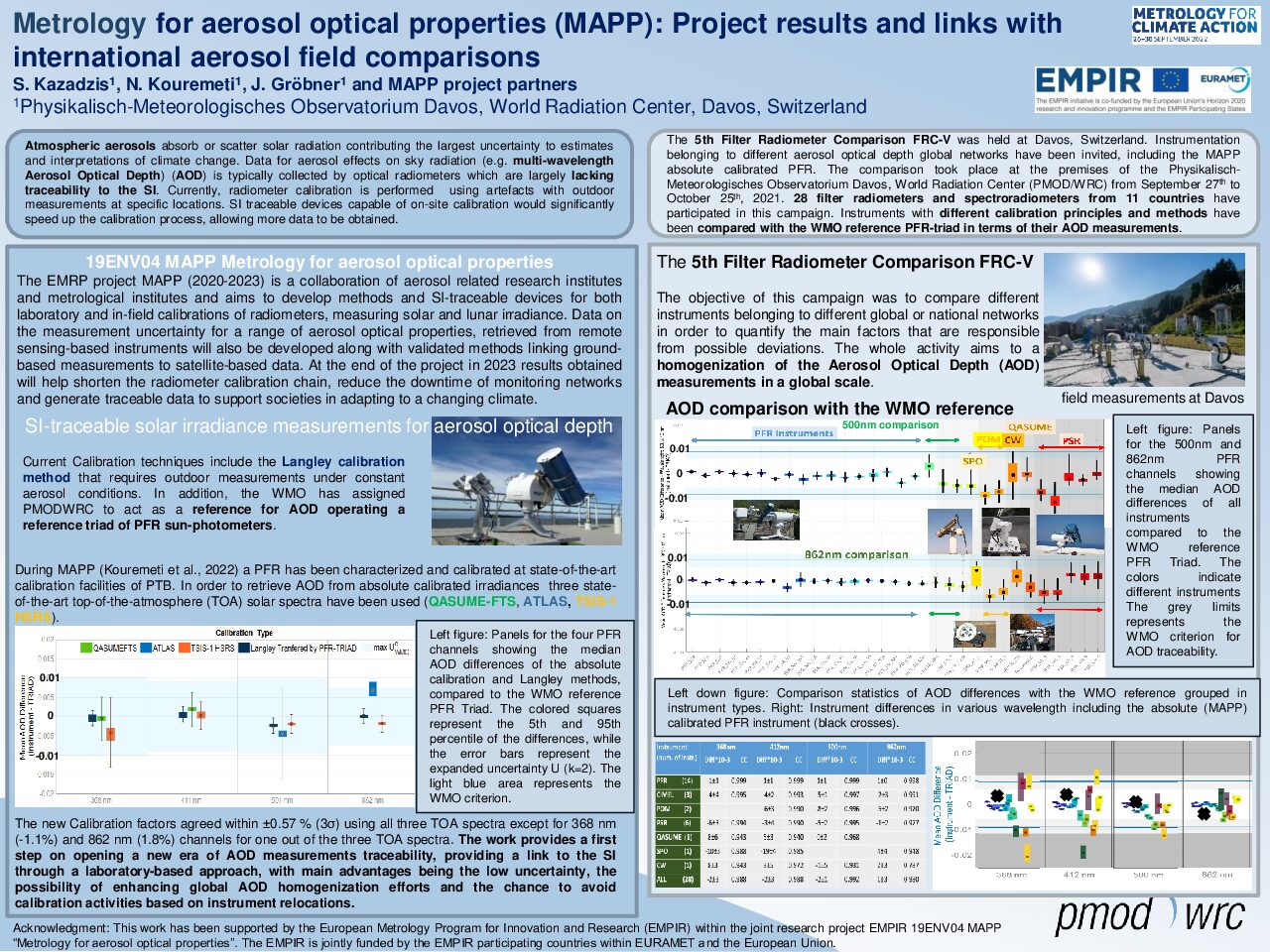↩︎ Back
Setup for calibration of non-catching disdrometers
by Dr. Henrik Kjeldsen, Dr. Peter Friis Østergaard, Mr. Jan Nielsen
ABSTRACT
Precipitation is among the most important meteorological variables for meteorological, hydrological and climate studies. From an operational point of view, non-catching precipitation gauges are attractive, because they require less maintenance compared to the more traditional catching types (e.g. gravimetric or tipping-bucket). Thus, in recent years non-catching precipitation gauges are increasingly adopted in meteorological networks. Regardless of the growing number of such gauges, calibration procedures and dedicated setups are missing. The result is absence of accuracy, because such devices are not calibrated and consequently their measurements are not traceable to SI units. The reason for this deficiency is probably due to the fact that non-catching gauges requires hydrometeors similar to those found in real rain for their calibration. The lacking procedures have been addressed in the EURAMET project 18NRM03, INCIPT: Calibration and accuracy of non-catching instruments to measure liquid/solid atmospheric precipitation. The project has two overarching aims, namely (i) to develop calibration methods for non-catching instruments measuring liquid atmospheric precipitation and (ii) to understand and evaluate the uncertainty components and influence parameters for non-catching precipitation gauges. Building on the above-mentioned INCIPIT project, Danish Technological Institute (DTI) is currently developing at setup for test and calibration of non-catching rain gauges. The setup is intended to simulate real rain. That is, it will produce water drops that are similar to those found in real rain in terms of size and velocity. At present, the setup can produce drops with diameters from about 0.2 mm to several mm. Traceability to the SI-unit system is by relating drop size and frequency to waterflow and time measurement, and as a key feature in this context a volumetric pump is employed and calibrated gravimetrically in the DTI micro-flow laboratory. The drop velocity is determined using a photographic system, and a similar system is employed to map the spatial distribution of the impact points of the drops. A key advantage of the setup is that the non-catching gauges can be calibrated under well-controlled, stable laboratory conditions. Initial testing has been successful, but revealed the need for increase drop velocities, to mimic the terminal velocity of falling hydrometeors in nature. The presentations summarize the initial tests and the validation process of the setup at DTI.
VIDEO
POSTER
